The key to good warehousing is good storage solutions and organisation: and that means having the right storage bins and warehouse equipment to keep everything in the right place and making sure everyone can find what they are looking for.
There is a vast array of storage solutions available, from simple cardboard storage bins to plastic storage boxes that stack in neat piles. They can be shelved, wall or rack mounted, stacked, and smaller ones can often be used inside larger ones.
So what exactly is a storage container, how big are they, what are they made of and how can you use them?
What is a storage container?
A storage container is any sort of container used to keep things in and they are usually found in warehouses or offices. They can also be called storage bins and can be pretty much any shape, size, colour or material – although cardboard and plastic are favoured as they are strong and economical to mass produce – they can be used to store pretty much anything.
There are storage containers that fit on shelves, on wall mounted panels or stack up on themselves; there are louvred storage bins to heavy-duty lidded crates. Whatever your storage needs, there is a storage solution for it.
There are ranges of lidded bins, both in cardboard and plastic that can handle all manner of storage and warehousing needs. From storing and protecting documents, to filing tools, nuts and bolts and a vast array of other products – you just need to remember what you have put into which bin!
How to label storage bins
Labelling storage bins is crucial for knowing just what is in each bin or container, making it clear for anyone to find what they are looking for. How to label them comes down to what you are storing in them, but a few rules of thumb apply.
If you have lots of wall mounted containers or a stack of storage bins with lids, it can help to label them either alphabetically or chronologically and keep an inventory of what, when and where items were stored.
While it is possible to write on cardboard and some plastic containers, sticky labels are ideal as they can be clearly printed on and, should the contents of that storage bin change, a new label can be stuck over the old (or the old removed and replaced with a new one).
There are also ranges of storage bins that come with plastic holders for labels, as well as ranges that feature a slot for a label, making labelling straightforward and clear.
If your containers contain fragile or dangerous goods, then you must label them correctly. Read our guide on hazard labels that can be used to mark those up – showing everything from ‘Fragile’ to ‘This way up’ to some of the dangers that may be stored within, such as ‘Corrosive’ or “Flammable’ and so on.
What are storage containers made of?
Storage containers are made of a range of materials, but typically they are made either from cardboard or from plastic. Cardboard is typically used for lighter, and drier goods, that do not generally require special handling. Cardboard storage bins are economical, ecological and are pretty flexible as to what you can keep in it.
Plastic storage containers are made from high strength polypropylene – with some even made from recycled high strength polypropylene – and come in a range of thicknesses depending on the load they are likely to carry. Plastic storage containers can hold more heavy duty products, and are more durable and resistant.
Some storage solutions are made from transparent light-grade high-strength polypropylene, convenient for people to identify the contents, especially when they are stacked. Also, clear storage bins are useful for seeing what is stored within, and are available in selected colours – which are not only pretty, but extremely useful for colour-coding the inventory contained therein.
Other bins such as large heavy-duty stackable plastic storage bins are made from super-thick high grade high-strength polypropylene, able to take a much greater weight of contents and allowing for tall stacks. These can handle all manner of storage demands – including handling containerised liquids, some foods, chemicals and dirty or oily parts – and have an excellent longevity in use.
Some storage containers are made from polyboard: a wipe-clean, 3.5mm thick polypropylene honeycomb that is shock and chemical resistant, as well as very light and very storing. These are ideal for the storage of mechanical and electrical parts and even pharmaceuticals.
How big is a storage container?
How big a storage container is depends on a number of factors. With such a vast choice of different storage options available it is hard to pick standard sizes across the board, but within certain categories of container there are usually a range of options.
Louvred storage bins that can be stacked or wall-mounted on louvred panels, come in a range of sizes and capacities – and with capacities that depend on whether they are standalone, stacked or mounted. At Rajapack we offer these bins in 8 different sizes and come in 4 colour variants.
Stackable plastic containers are slightly more standardised. The Rajapack range offer these containers in three sizes, coming in volumes of 14, and 52 litres, from sizes 400x280x200mm, 500x350x250mm and 590x400x290mm. This allows containers of the same size to be stacked – and many have secure interlocking mouldings on the bottoms and the lids to make them more stable.
Perforated Euro plastic stacking containers – which look a lot like old-fashioned beer crates – are another plastic storage solution that come with handy handles, and which also stack and are great for anything that may need ventilation while being stored.
At Rajapack these come in nine sizes, but all based around a standard 600x400mm footprint. Some are 300x400mm and some 600x800mm, but again these are multiples of the standard size. They come in heights of 70mm, 118mm, 150mm, 235mm, 280mm, 320mm and 410mm.
Picking the right sizes for your particular need is key – not least if you want them to stack. This is why it is often a good idea to buy your whole storage solution from one supplier, so that you have commonality of sizes which can also work together.
How much does a storage container weigh?
How much a storage container weighs depends very much on its size and what it is made from. Attached lid plastic storage containers’ weight are between 3.1 and 3.6kg depending on size, while most of the others are lighter, weighing in at under a kilo each.
The weight of a storage container depends largely on what you put in it, but they all come with weight limits. That said, the high strength polypropylene containers are so strong that they can’t hold enough bulk to break them.
How wide is a storage container?
The widths of storage containers are variable, as we have seen, although families of containers often come in neat multiples of one another so that they at least tesselate when stacked or can be arranged in neat combinations on shelves or wall mounts.
Louvred containers as we have seen come in a variety of widths that allow them to be mixed and matched to fit on standard wall mounts or trolleys. In the Rajapack range, large cardboard storage bins come in widths of 440 and 835mm to fit on standardised shelving.
Stacking containers tend to have standard footprints or multiples thereof. Euro plastic stacking and nesting containers, for example, come in standard widths of 300 or 400mm and lengths of 400 or 600mm. They then offer different storage volumes based around a range of heights.
Are plastic storage bins recyclable?
What can you do with old storage bins? Despite being tough and resilient, eventually you may need to get rid of storage bins and containers – so what can you do with them?
Cardboard storage solutions can of course simply be recycled at any recycling centre. Polypropylene (PP) containers – including polyboard – can be recycled at specialist PP recycling centres, where they are crushed, chipped and melted down. This recycled PP is then used to make more storage containers – and garden furniture, butter tubs, bottle tops and more.
Want to know more about storage containers?
For additional advice on storage solutions, our packaging experts are here to help you find the right packaging solution and arrange next day delivery. Simply call us on 0800 542 44 28 or visit www.rajapack.co.uk.







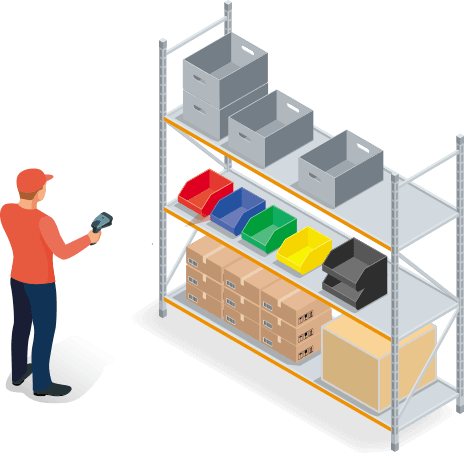






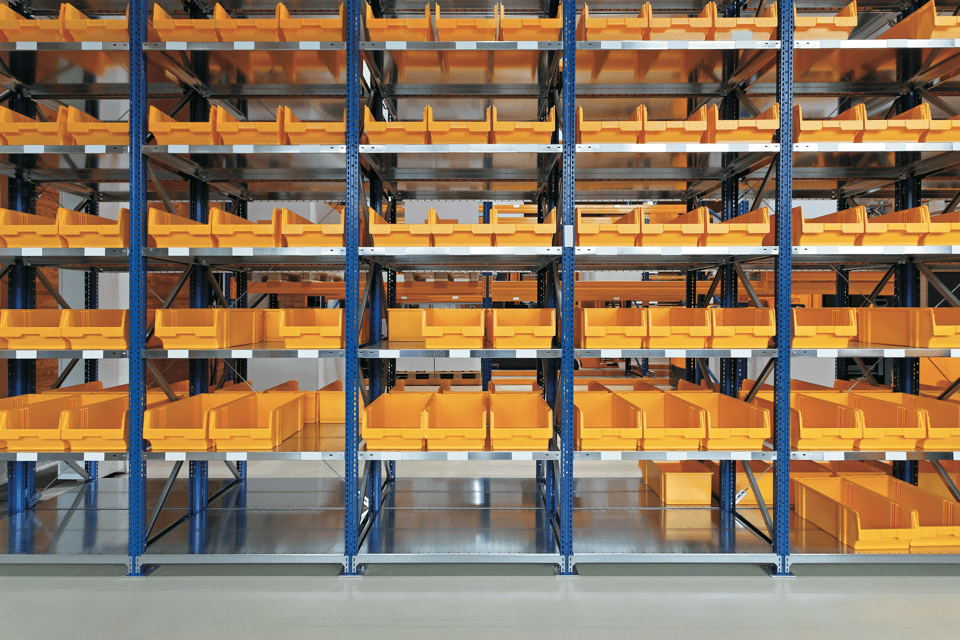
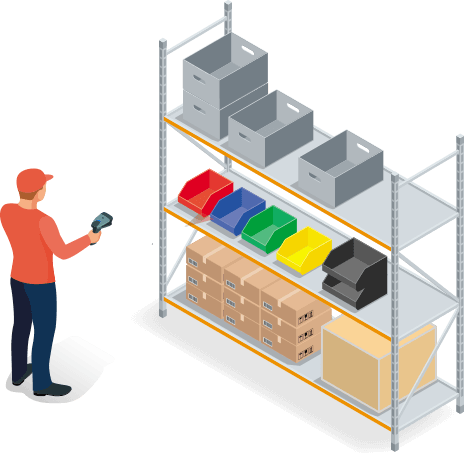
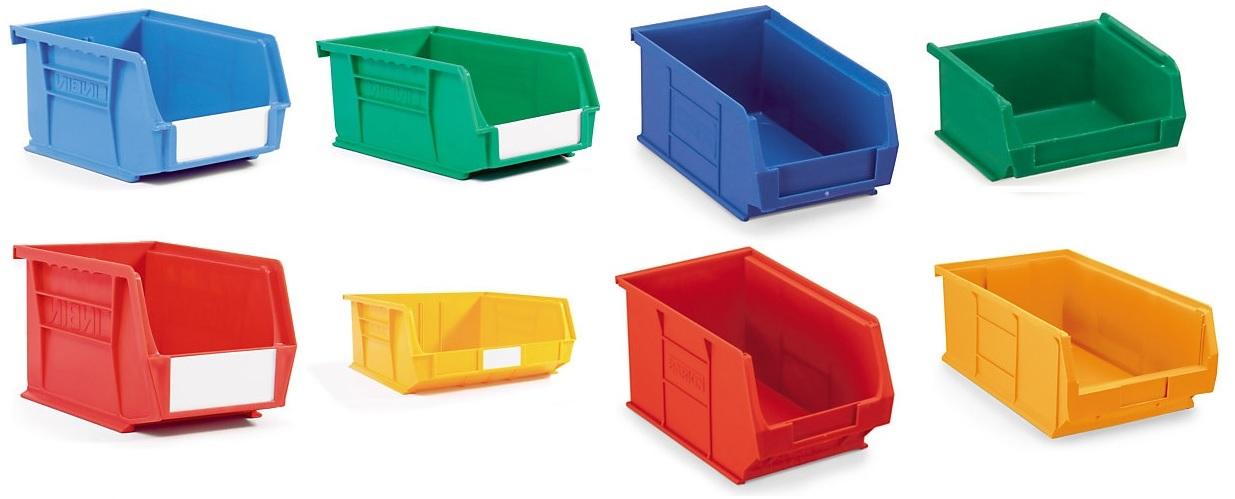
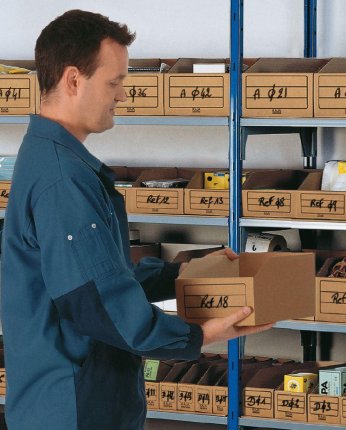
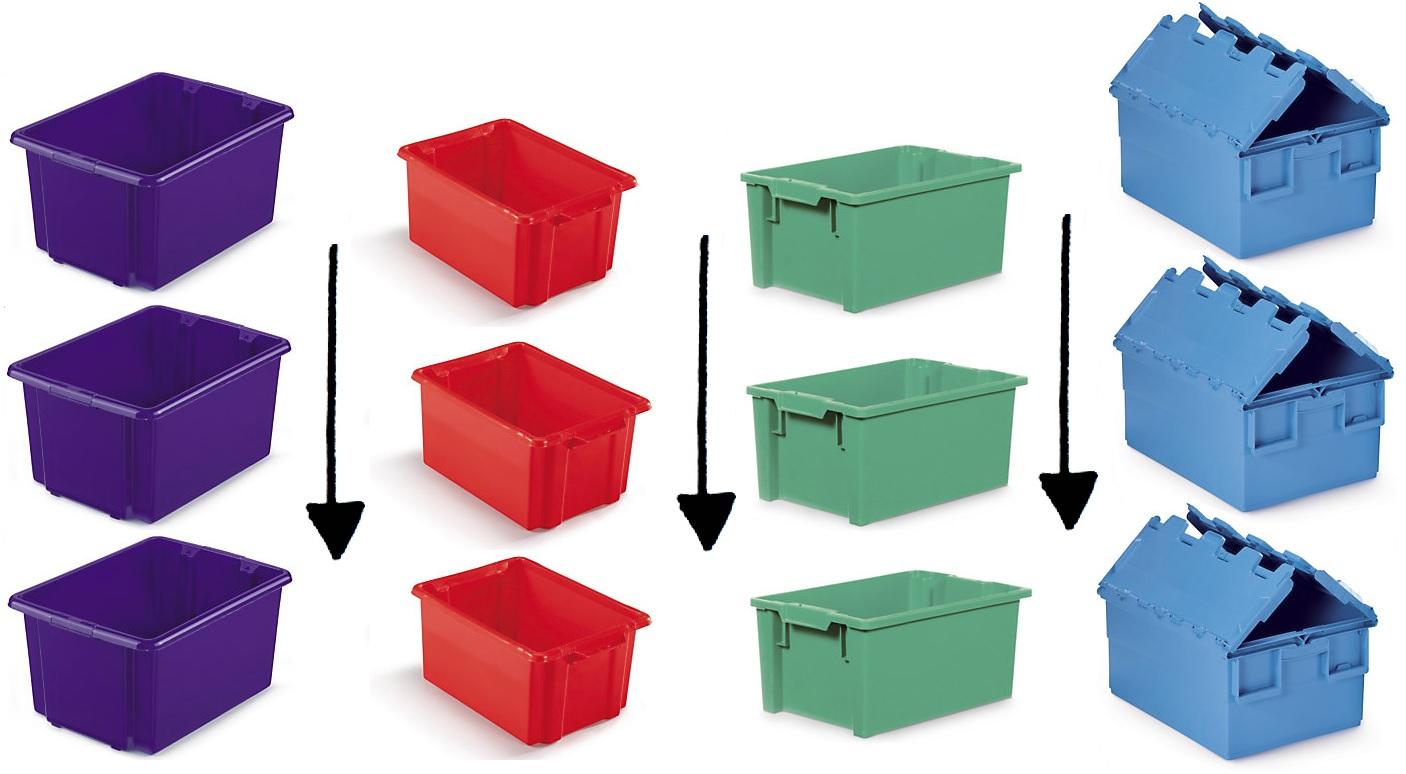
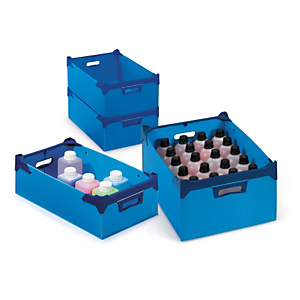
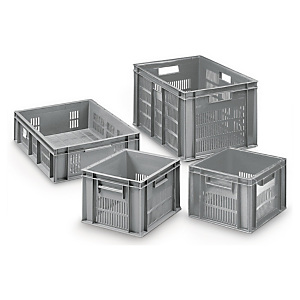
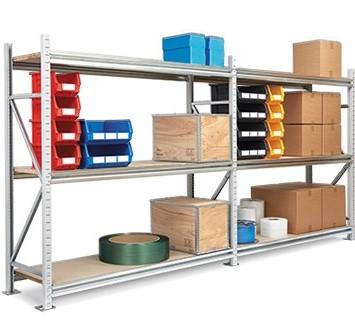
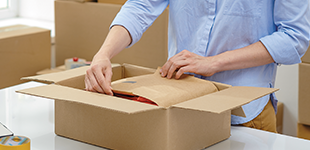
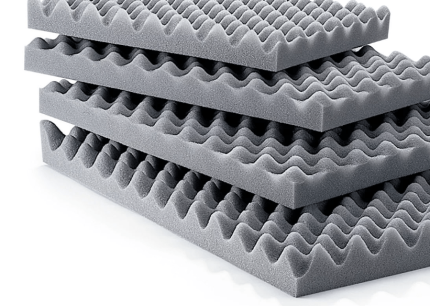
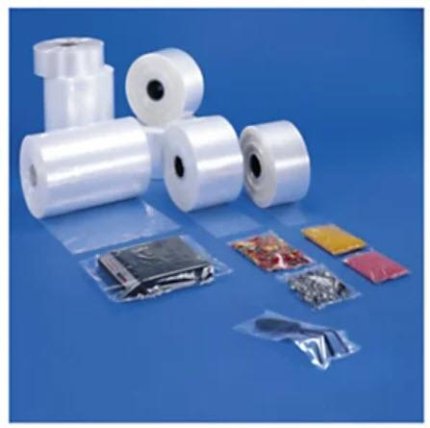
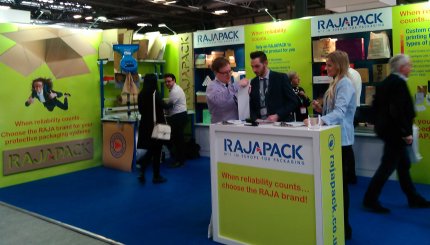
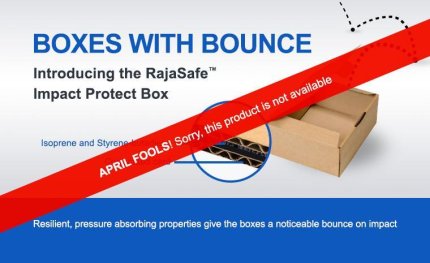

Hello rajapack,
please tell me your container storage price.
Hello, Which container storage are you querying? In the meantime please take a look at our range of stackable storage containers on our website.
Do you guys take old storage bins?There’s a company I work with that needs to get rid of around 100 large ones.
Hello, unfortunately we do not offer a recycling scheme for old storage bins. You will need to contact your local authority for waste disposal/management. Here’s a link that could be useful if its the plastic version: https://recyclenation.com/2015/11/how-to-recycle-plastic-storage-bins/.